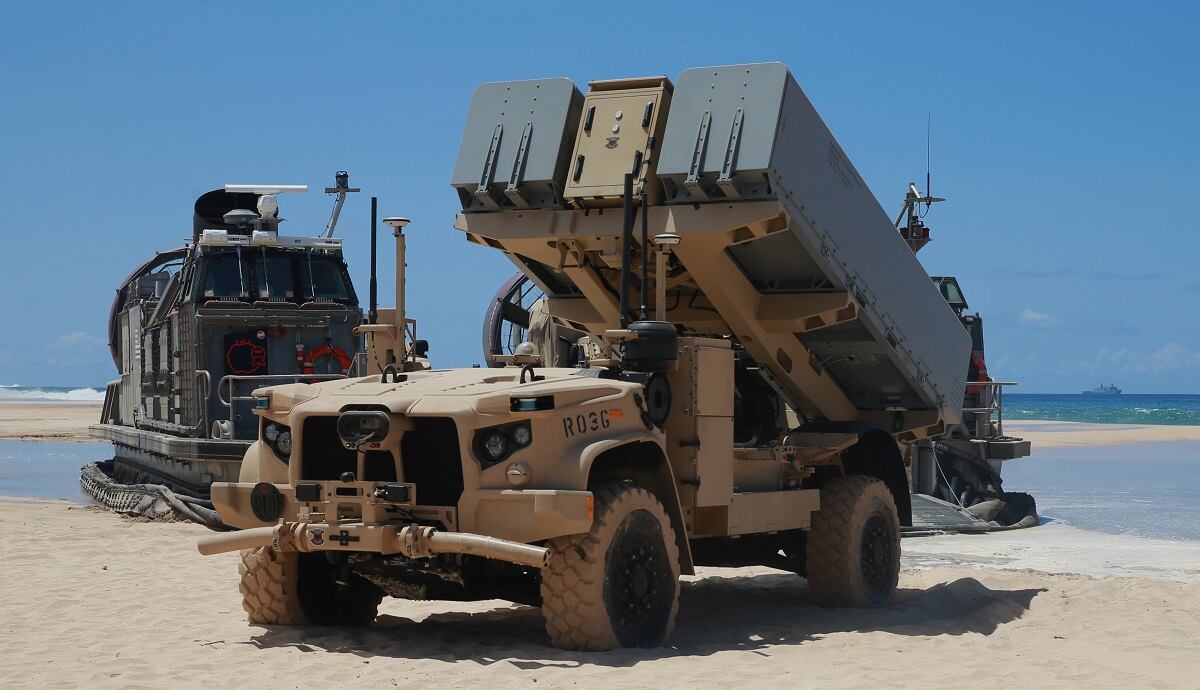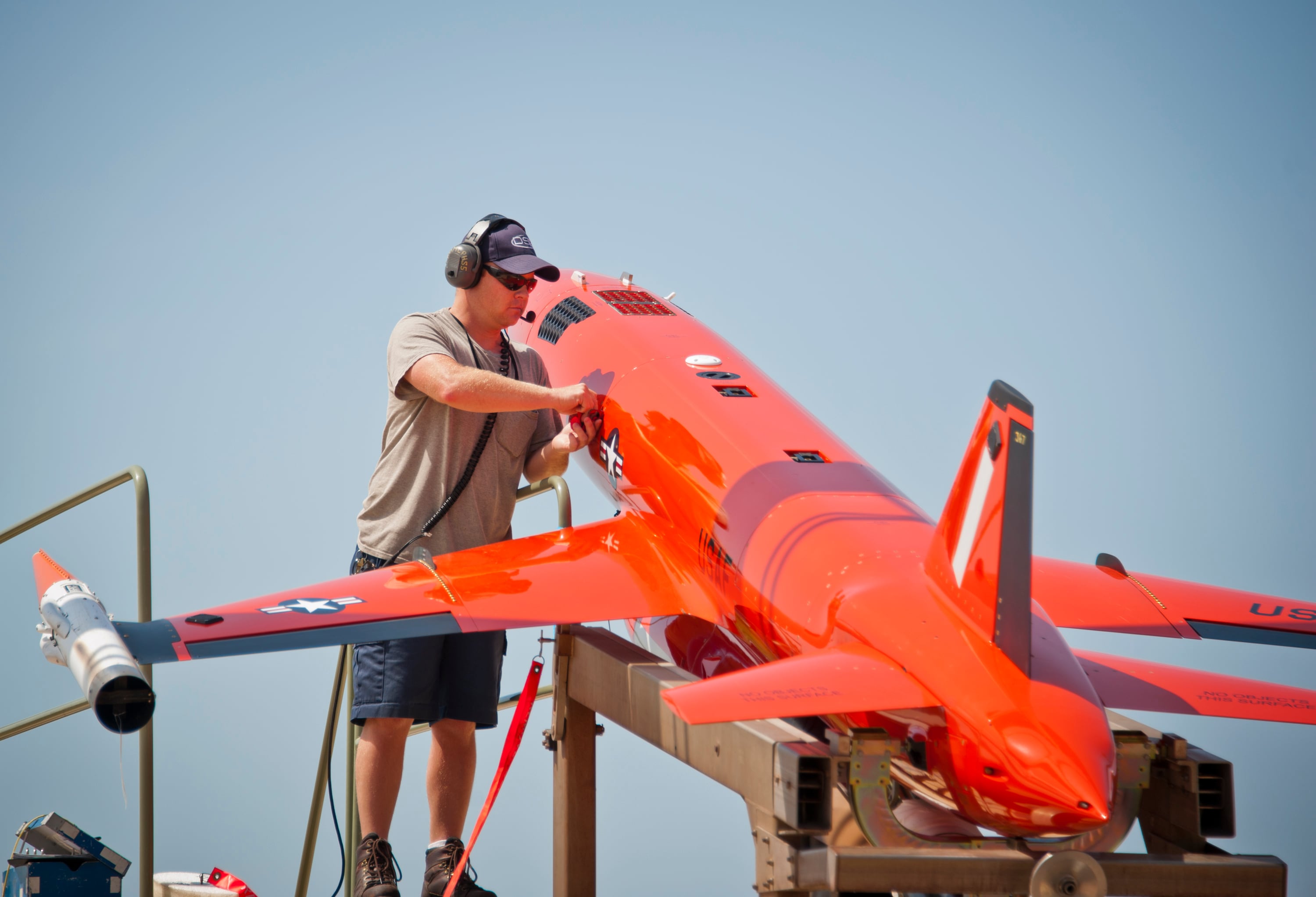The Marines want to fight within reach of adversaries’ weapons systems. But to do that they need to bring their own missile defense system to any potential future brawl.
On June 30, Marine officials and defense industry experts conducted the second of three successful live fire tests of the Medium Range Interceptor Capability, or MRIC, at White Sands Missile Range, New Mexico.
The system includes the already fielded ground/air task-oriented radar, or G/ATOR, and Common Aviation Command and Control System, or CAC2S.
Oh, and a batch of Tamir missiles, too.
The Tamir missile is the striking asset in the Israel-based RAFAEL Advance Defense Systems Ltd. Iron Dome Weapon System. Raytheon Missiles and Defense is RAFAEL’s U.S. partner on the project.
RELATED

The Iron Dome system is capable of striking airborne threats launched from between 4 km and 70 km away, according to the Raytheon website. It can intercept more than 1,500 incoming targets and has a 90% percent success rate since fielding in 2011.
The existing system can be deployed as a battery with three to four stationary launches, holding 20 Tamir missiles each and covering a 60-square-mile area. The U.S. Army purchased the Iron Dome system in 2019.
The MRIC is a different combination of systems and is being positioned to focus on cruise missile threats, according to the Marine Corps Systems Command release, published July 8.
“The Marine Corps and the Defense Department, as a whole, have been living with the comfort of air superiority and air supremacy,” Maj. James Slocum, team lead for MRIC at Program Executive Office Land Systems. “As long-range cruise missiles and anti-air weapons systems begin to get better and better, air supremacy is not something we can take for granted. We must be able to counter these types of capabilities.”

During the June 30 prototype live fire, users were able to track targets from launch with the G/ATOR, passing data through the CAC2S to the Iron Dome components in the MRIC, according to the release.
No, they didn’t fire expensive cruise missiles in the New Mexico desert to test this gear. Instead, they used BQM-177s to represent cruise missiles.
The BQM-11 is a subsonic aerial target that the Navy uses as substitutes. It can reach .95 Mach and can fly as low as 6.6 feet above the surface, mimicking fast-moving, in bound missiles at sea, according to the manufacturer’s website. They measure 20-feet long with a 10.5-foot wingspan and can fly as high as 50,000 feet.
The simulated target can carry a variety of payloads for testing, from Marine Corps officials could not release either the number of targets shot down nor the ranges they were when hit, due to classification restrictions. But all missiles fire by the system hit their intended targets, said Barb Hamby, Marine Corps Systems Command spokeswoman.
The MRIC was able to “simultaneously neutralize multiple missiles encircling the system from various angles,” according to the release.
This live fire followed a December 2021 first-time prototype live fire that launched targets in sequence, not simultaneously, for the system to track and strike.
The December 2021 test proved the sensors and effectors worked together as an integrated air and missile defense capability, said Tom Laliberty, president of land warfare and air defense for Raytheon Missiles and Defense, at the time of the first live fire.
Before the live fires, engineers at Naval Surface Warfare Center Dahlgren ran modeled simulations, predicting the actions and results of the follow-on live fire, according to the release.
For June’s live fire, Slocum said the goal was to get the prototype into a “deployable state” that meets what the Corps is currently after ― an expeditionary air and missile defense system. But the MRIC must work with other systems so that it can be “plugged in” and be, “operational at any site, anytime.”
There is another live fire test scheduled for later in 2022. The final live fire date and testing criteria were not included in the released information.
Todd South has written about crime, courts, government and the military for multiple publications since 2004 and was named a 2014 Pulitzer finalist for a co-written project on witness intimidation. Todd is a Marine veteran of the Iraq War.





